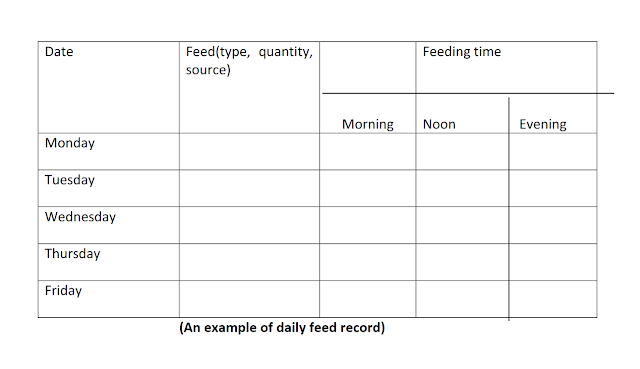Catfish sampling Techniques including pros and cons
Fish Sampling
Growth monitoring (sampling) in fish culture
Sampling is the temporary removal of fish from a culture system. The major reasons for sampling are to:
∙ Monitor growth and general performance
∙ Re-calculate feed requirements
∙ Determine when fish are ready for market
∙ Determine the reproductive stage of the fish
∙ Assess the health of the fish
How Best to Sample
The sample taken should be random and truly representative of the total population. During sampling, fish become stressed because they are physically handled, suddenly confined into a small space and removed from the water. In order to reduce the levels of stress one must:
∙ Reduce the time the fish is exposed. Execute the task at hand fast and efficiently.
∙ Only sample a small part of your system
∙ Keep the fish in water all the time or as much as possible. The only time they should be out of water is when the fish basket is lifted to the weighing scale
∙ If fish are stressed during sampling, mortalities can occur for up to three days after sampling.
The Day before the Sampling
∙ Plan and obtain the requirements for sampling in advance. This includes setting the sampling day and determining in advance what materials and personnel will be required.
∙ Do not feed fish the afternoon of the day before and before sampling on the day of sampling. This is to ensure that their guts are empty during sampling. Physically handling fish with a full stomach is stressful to the fish and results in mortality.
On Sampling Day
∙ Set everything needed with personnel inclusive. Everyone should also know before embarking on the exercise, exactly what they are going to do. Practice makes perfect and saves fish.
∙ Sample small portions of your system with good representation from the population.
∙ All the fish caught in the bag should be weighed and counted. It is important to do so, in order to avoid bias
∙ Check their general body condition (e.g., look for wounds, discolouration, etc.).
∙ Weigh a basket/bowl of fish at a time. Do not overload baskets with fish as the fish at the bottom become stressed by the pressure of those above when the fish basket is lifted out of the water. After weighing the fish, return the basket/bowl to the water and count out the fish from the basket as you gently let them swim out.
∙ Obtain the total batch weight and count of fish caught. From these data, calculate the average weight (total fish weight of sample/total number in sample). Do not measure and weigh fish individually, unless there is some specific need for that information and the fish are expendable.
When not to sample
Do not sample when:
∙ Fish are sick and show signs of extreme stress
∙ When there is lightning during a rain-storm.
∙ If it has just rained and there has been a lot of muddy water run-off especially in ponds.
∙ When the water quality is poor (e.g. fish gasping for air; very high and low water temperatures; low dissolved oxygen levels).

Comments
Post a Comment